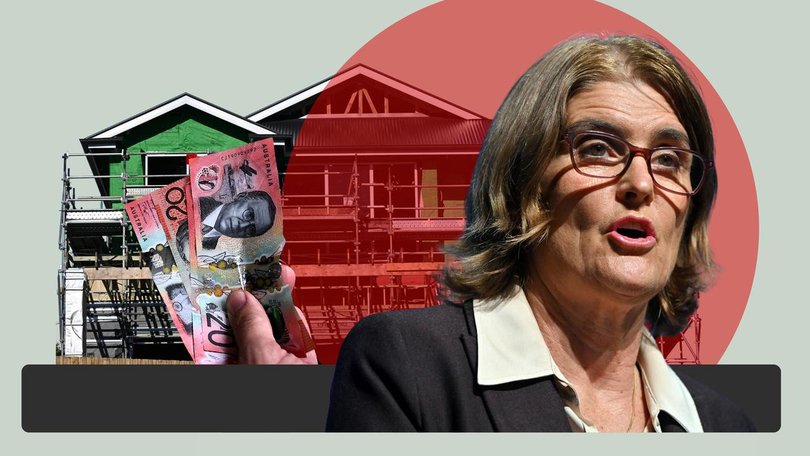Inflation update to shape further interest rate cut expectations

The first inflation report since the Reserve Bank of Australia’s latest interest rate cut will give an early indicator of whether borrowers can expect back-to-back relief.
The Australian Bureau of Statistics will release monthly inflation figures for July on Wednesday.
While the central bank places less emphasis on the narrower monthly data series than the more comprehensive quarterly release, it will still provide an indication of the direction of travel.
Sign up to The Nightly's newsletters.
Get the first look at the digital newspaper, curated daily stories and breaking headlines delivered to your inbox.
By continuing you agree to our Terms and Privacy Policy.The consumer price index fell below the RBA’s two to three per cent target band in the previous month’s figures but analysts expect the headline figure to rebound given a rise in fuel prices in July.
“We expect to see there was a slight rise in annual inflation in the monthly CPI Indicator from 1.9 per cent year-on-year in June to 2.0 per cent year-on-year in July,” ANZ economist Adelaide Timbrell said.
But the predicted inflation excluding holidays and volatile items would ease from 2.5 per cent to 2.3 per cent; a further sign that inflation continues to fall sustainably as the RBA expects.
Despite the continued moderation in price growth, traders are pessimistic about the bank’s September rates meeting, with money markets pricing in less than one-third chance of another 25 basis point reduction.
Minutes from the RBA board’s last meeting, to be released on Tuesday, should provide more insight into the reasons behind its decision.
Governor Michele Bullock revealed the board was increasingly confident inflation was under control and felt the labour market was perhaps a little less tight than before in her post-meeting press conference.
Any further information about how tight the board considered the jobs market to be or how close the cash rate was to neutral, would be of interest, said ANZ economists in a research note.
Also of note in the economic sphere this week are ABS updates on construction work and capital expenditure, which have been subdued in recent months.
Meanwhile Wall Street investors have piled into stocks on the back of a hinted near-term rate cut.
The blue-chip Dow Jones Industrial Average hit a record closing high on Friday, with comments by Federal Reserve Chair Jerome Powell paving the way for a potential cut in September, although he stressed the importance of jobs and inflation data due before then.
The Dow rose 841.14 points, or 1.88 per cent, to 45,626.64, as the S&P 500 gained 96.73 points, or 1.52 per cent, to end at 6,466.55 points and the Nasdaq Composite gained 396.22 points, or 1.88 per cent, to 21,496.54.
Australian share futures climbed 84 points, or 0.94 per cent, to 10,319.
The S&P/ASX200 lost 51.7 points, or 0.57 per cent, to 8,967.4 on Friday, while the broader All Ordinaries shed 49.9 points, or 0.54 per cent, to 9,234.3.
